How to watch 'ring of fire' solar eclipse live or online
Discard solar eclipse glasses from 2017. They're likely expired.
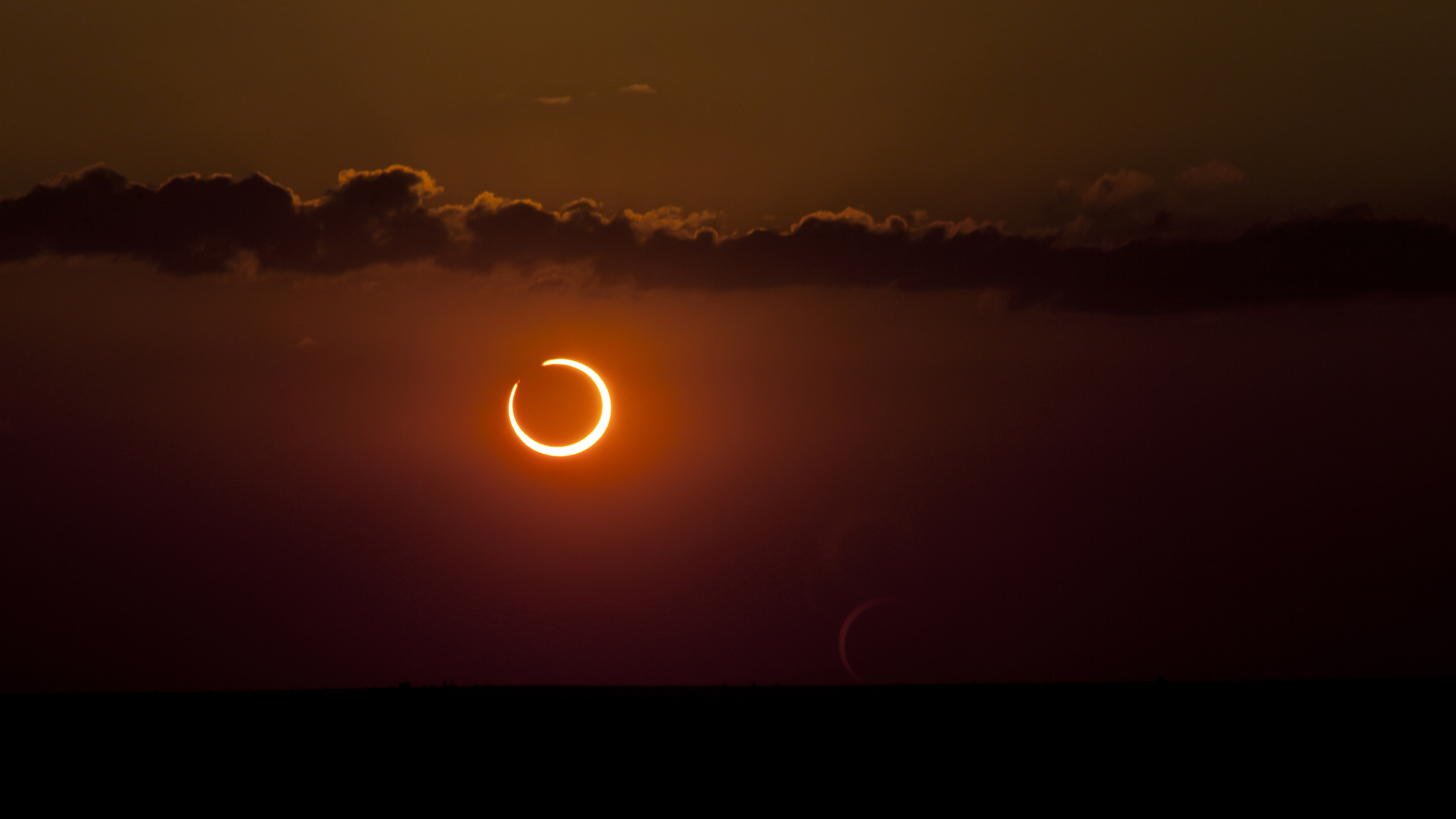
The moon will blot out part of the sun during the "ring of fire" solar eclipse on Thursday (June 10) morning. But, no one should simply gaze upward at a solar eclipse (unless the sun is completely covered by the moon during totality, which is NOT happening this time). So, what's a skygazer to do?
Depending on where you are, you'll be able to see the solar eclipse either in person — weather and gear permitting — or online with live streams.
For the lucky in-person viewers, the sun will appear a little dimmer than usual. But, if you have safe eclipse-watching gear, such as solar eclipse glasses or a solar eclipse viewer (here's a step-by-step photo guide on how to make one from a box), you'll be able to see the moon partially stamp out the sun during the first solar eclipse of 2021.
Related: Photos: 2017 Great American Solar Eclipse
Solar eclipses occur when the moon zips between Earth and the sun. In places that fall directly along the eclipse's path, in this case parts of Canada, Greenland and northern Russia, skywatchers will see an annular eclipse — when the moon blocks out all of the sun except its fiery outer edges, earning it the name "ring of fire."
In other places, including parts of the American East and northern Alaska, much of Canada, and parts of the Caribbean, Europe, Asia and northern Africa, viewers with eclipse-watching gear will see a crescent sun, NASA reported. This is known as a partial solar eclipse, and it will look as if the moon took a circular bite out of the sun.
The eclipse begins at 4:12 a.m. EDT (08:12 UTC), reaches its maximum at 6:41 a.m. EDT (10:41 UTC) and ends at 9:11 a.m. EDT (13:11 UTC), according to timeanddate.com. For the majority of the American East, the solar eclipse will be visible at sunrise, for instance at 5:24 a.m. EDT (09:24 UTC) on June 10 in New York. Refer to the below images to check the timing for your location.
Sign up for the Live Science daily newsletter now
Get the world’s most fascinating discoveries delivered straight to your inbox.
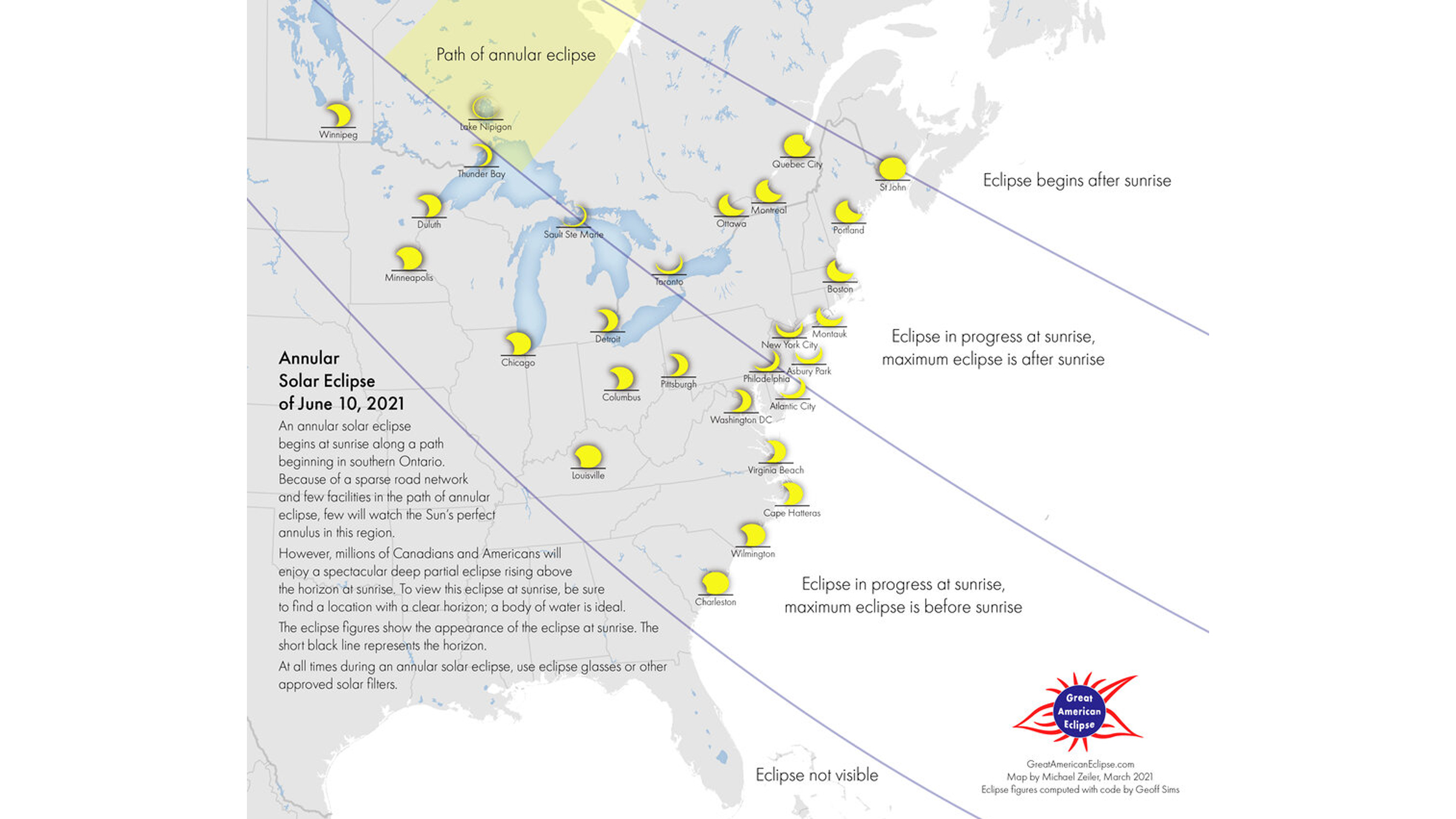
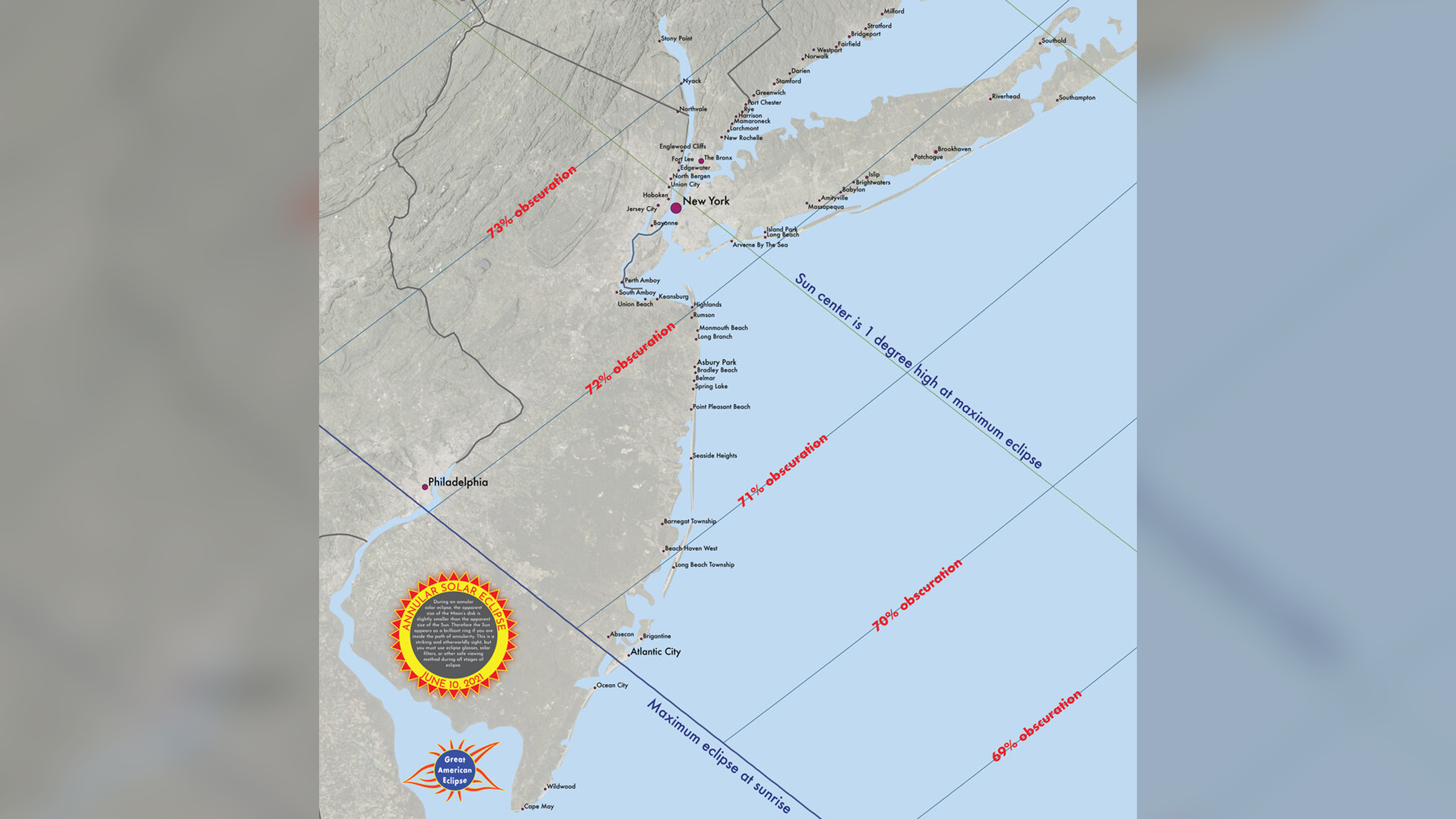
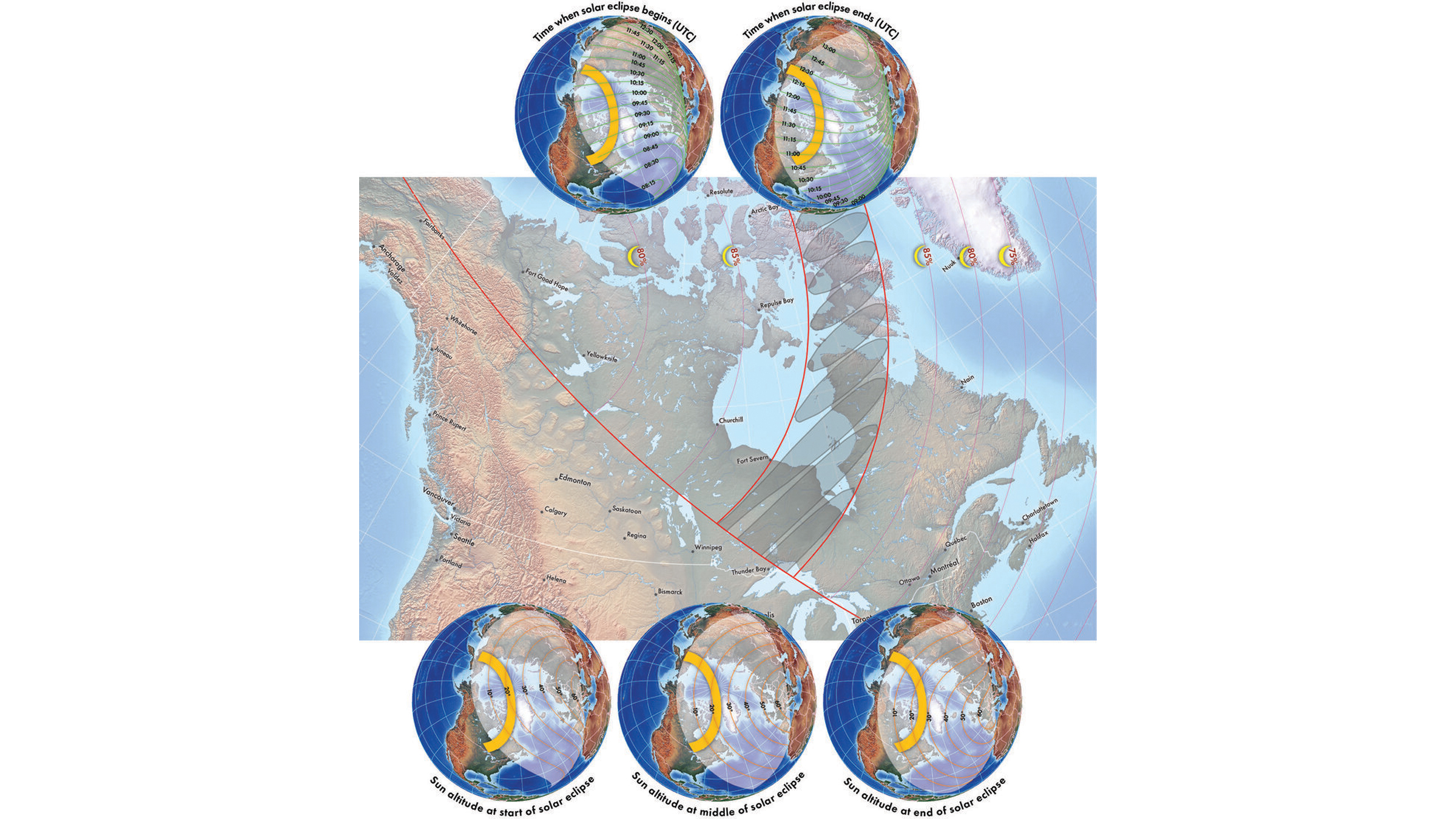
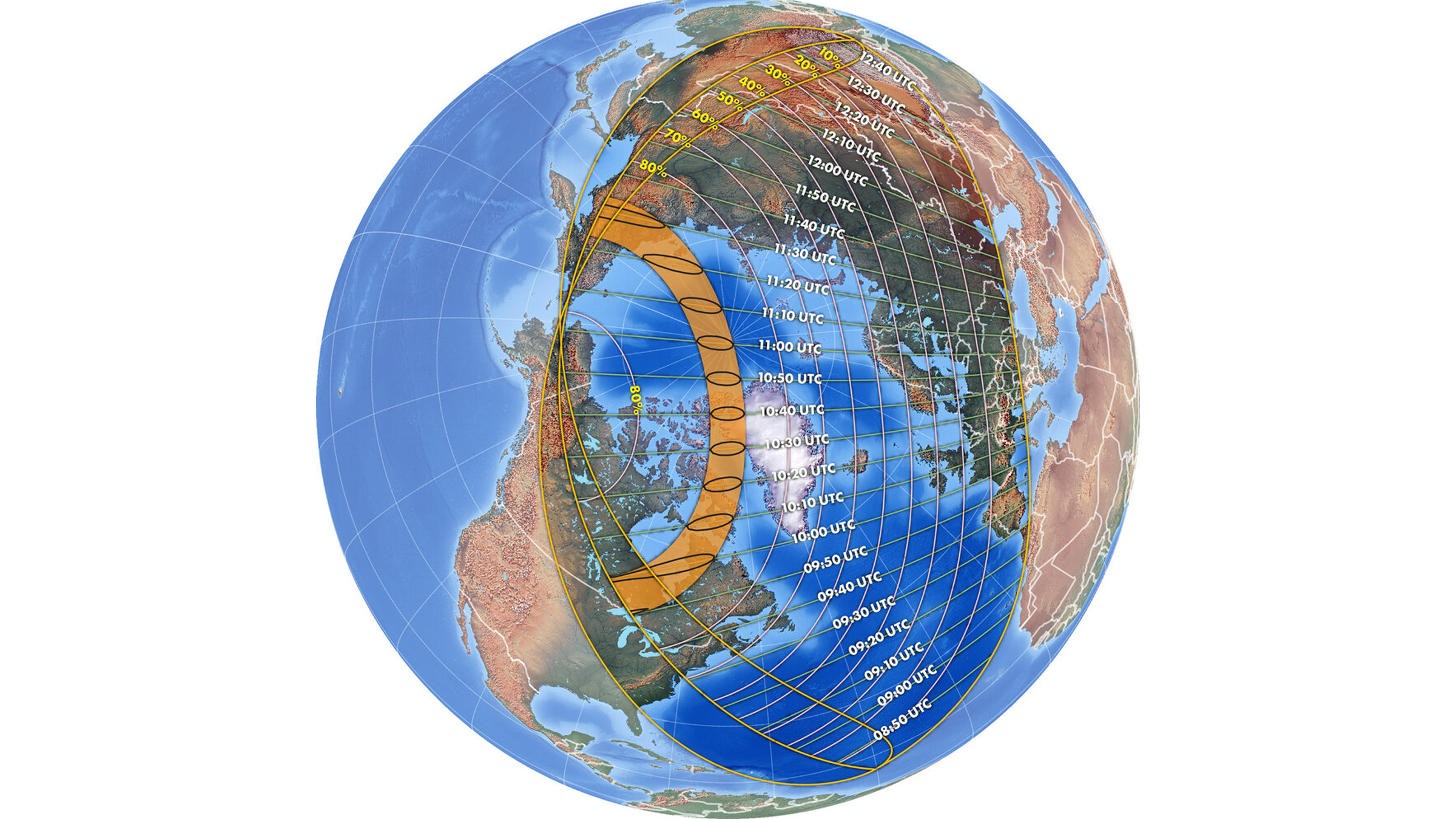
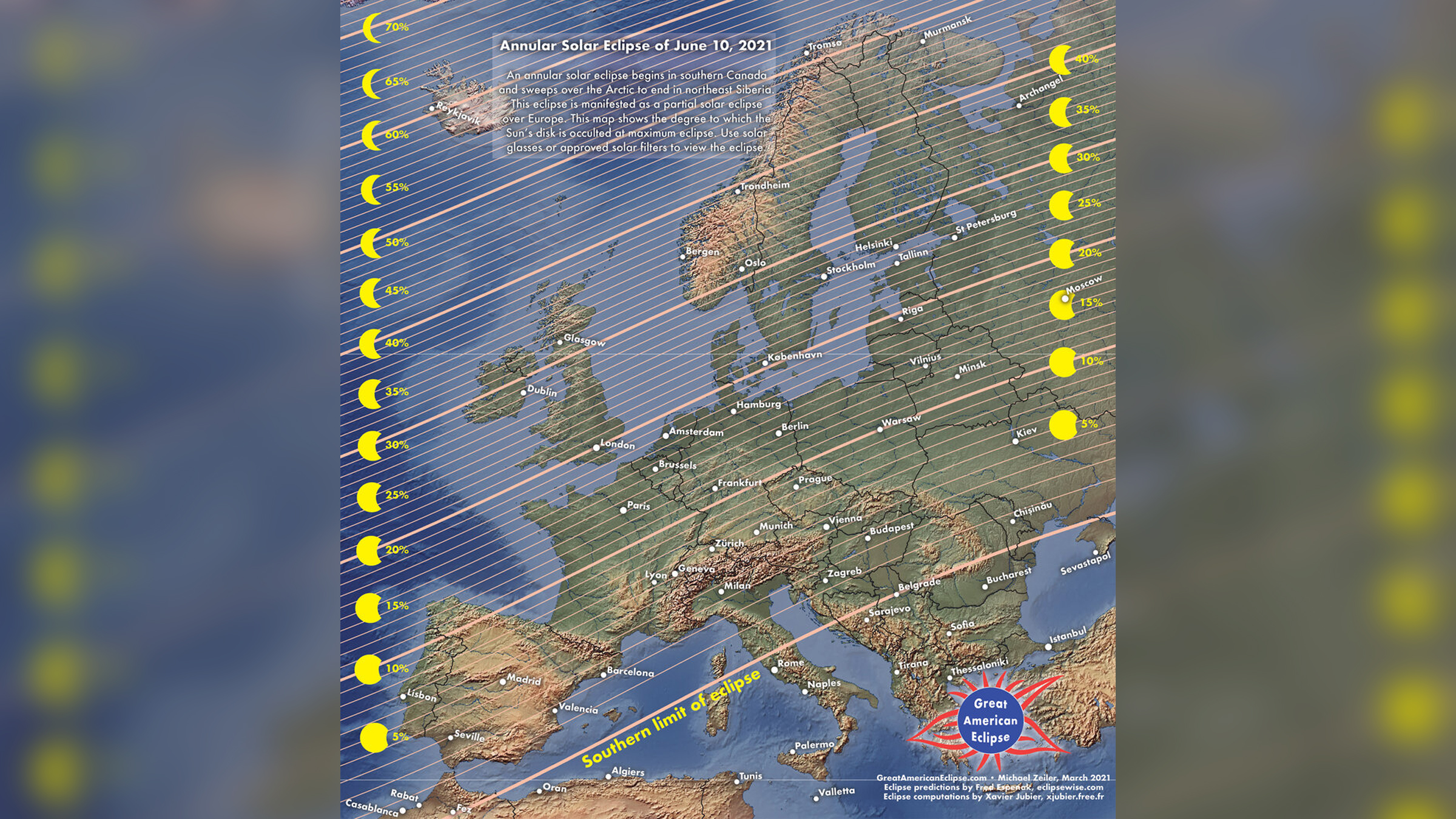
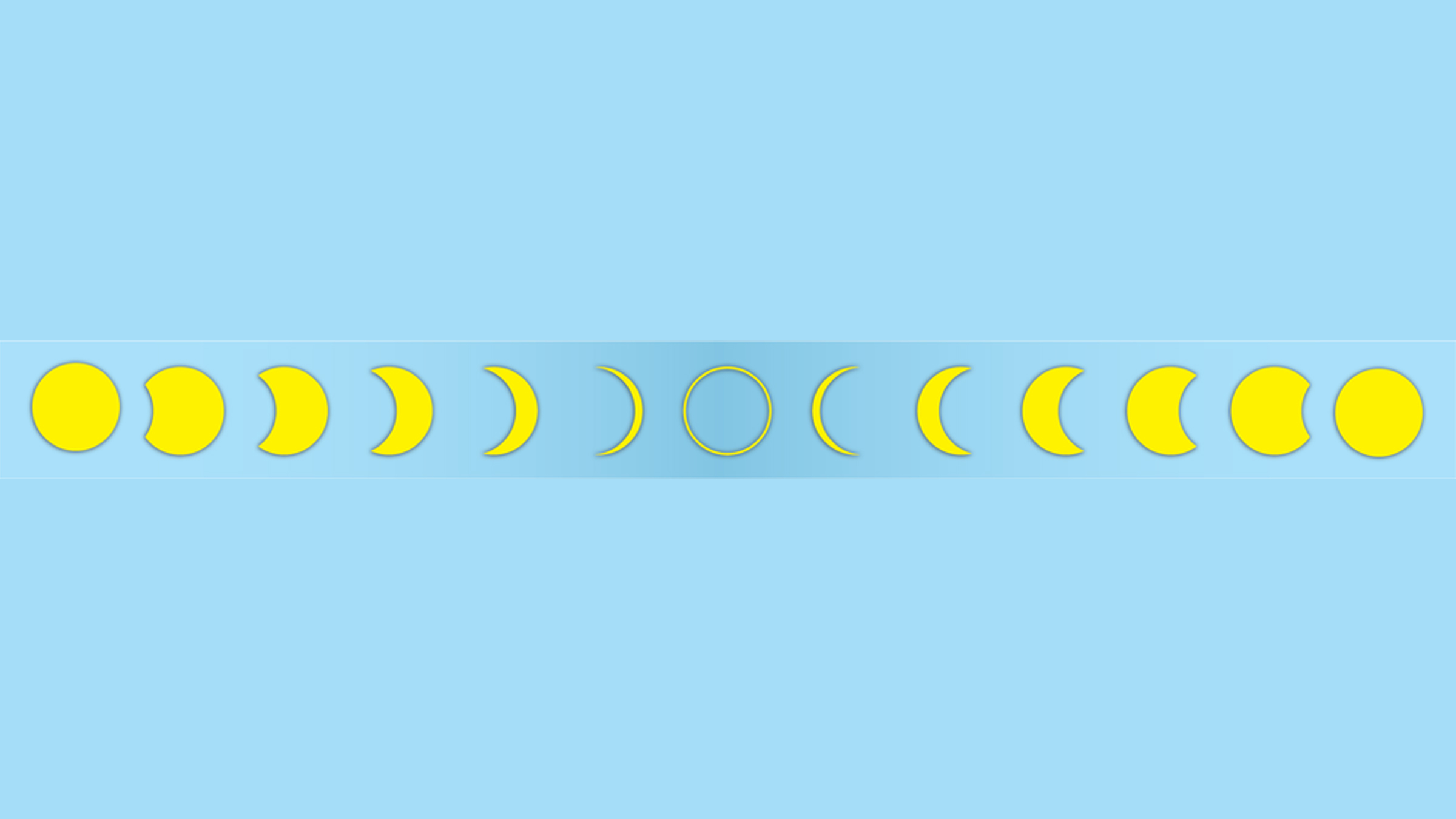
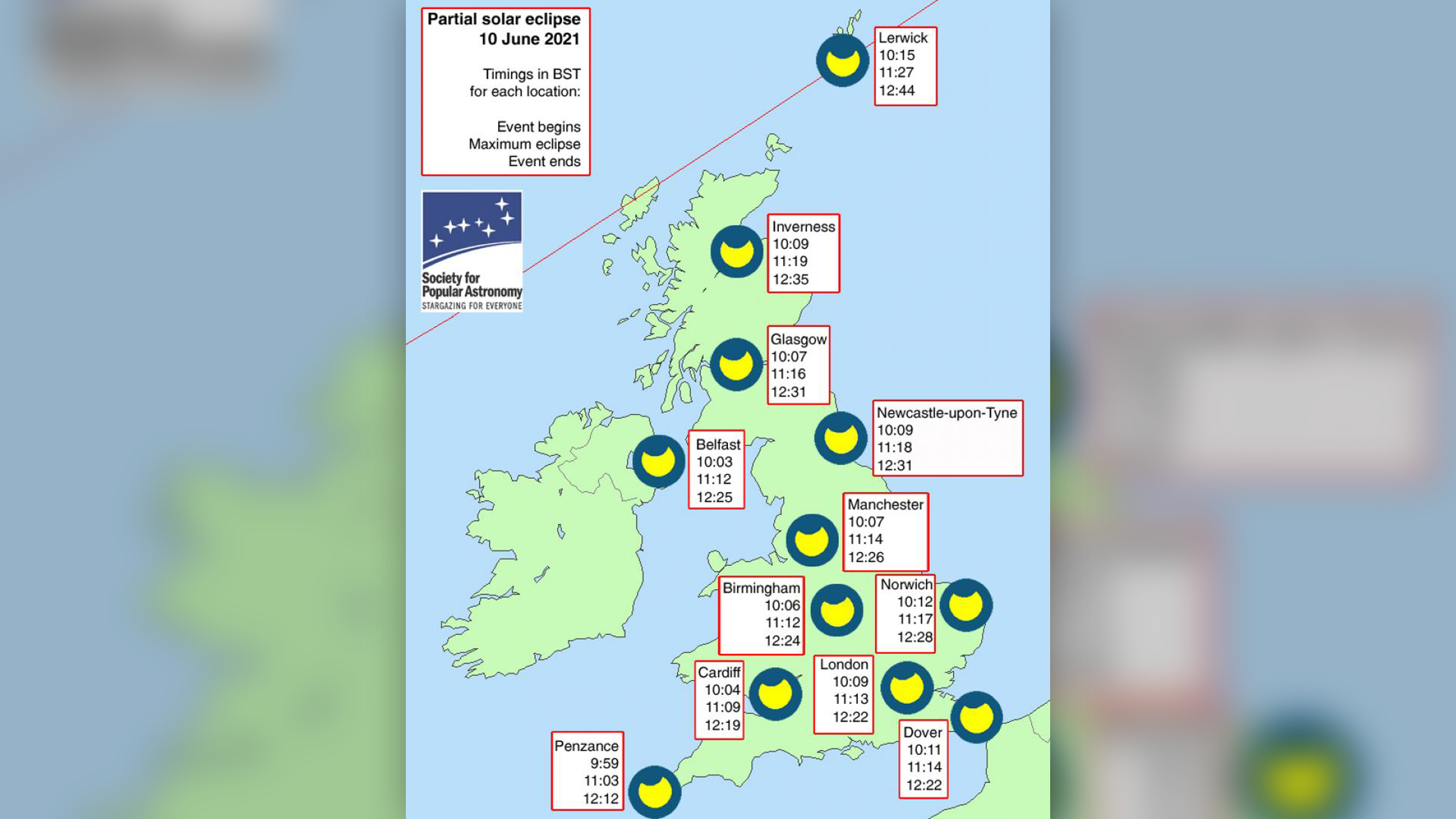
How to watch in-person
If you're watching the eclipse in-person, remember that regular sunglasses won't protect your eyes from the sun. Looking directly at the sun can lead to a condition known as solar retinopathy, in which sunlight burns the light-sensitive retina in the eye, permanently damaging vision.
Instead, skywatchers can use solar eclipse glasses, which "block 100% of the sun's harmful ultraviolet and infrared rays and 99.99% of intense visible light," said Paulo Aur, chief financial officer and chief operating officer at American Paper Optics, which manufactures solar eclipse glasses. "They protect your eyes for intermittent viewing of the sun during a solar eclipse."
However, there are a few fakes on the market, so people should make sure any glasses they plan to use are ISO 12312-2 tested and certified, meaning they've met standards for eye safety when looking at the sun set by the International Organization for Standardization, Aur noted.
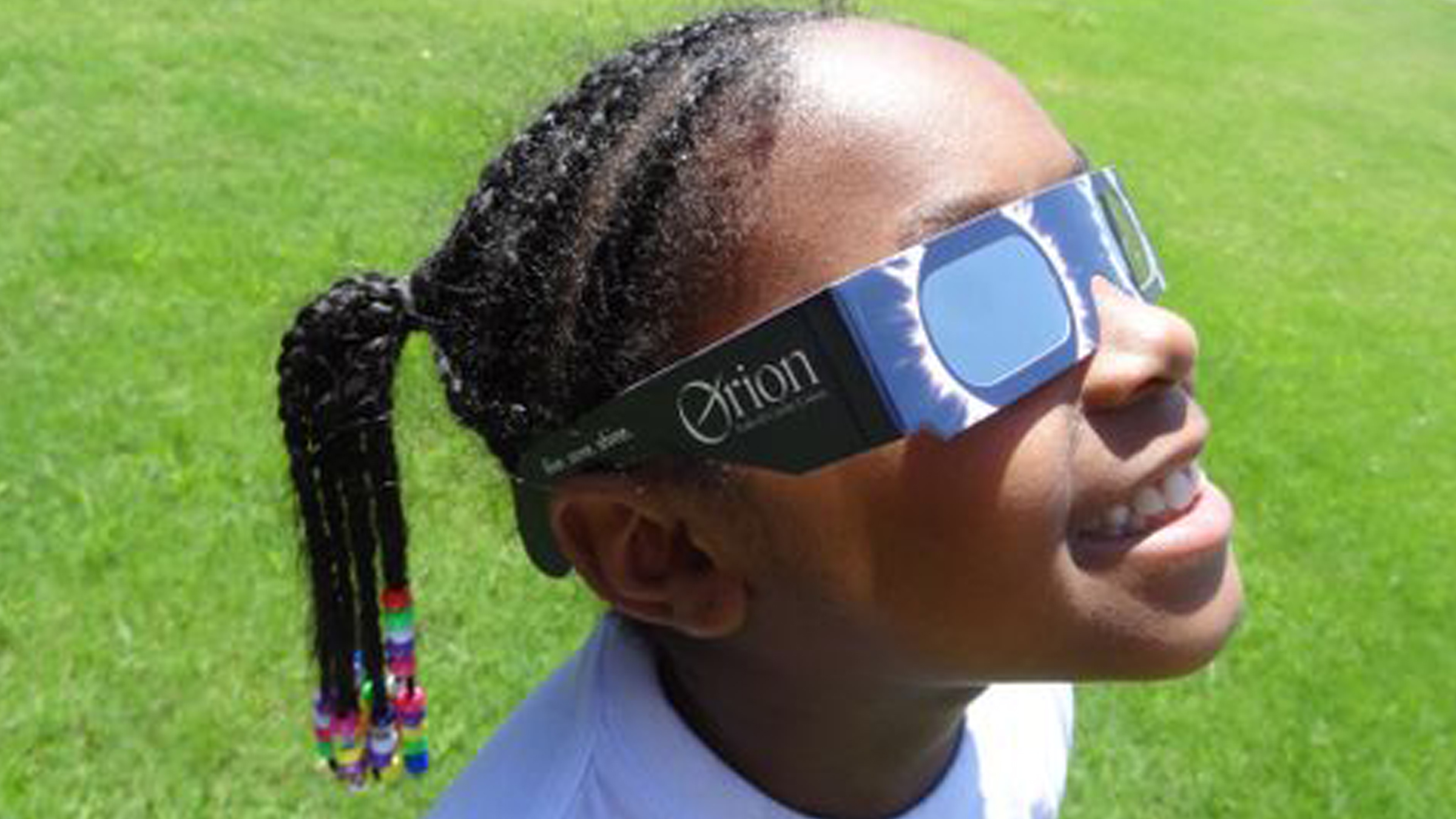
If you still have glasses from the 2017 Great American Solar Eclipse, it's time to toss them in the trash, Aur added.
"As dictated by ISO 12312-2, we are required to put an obsolescence period on our glasses," he told Live Science. "Ours is three years, so glasses from 2017 are now outdated." That's because, in part, these glasses are made of paper and adhesive, so "there may be some delamination due to humidity, if the glasses got wet, were stored in excessive heat, etc. … The lenses may also have scratches or pin holes that are not visible to the human eye, which may cause eye damage," Aur said.
Skywatchers can also make a solar eclipse viewer out of a box, or construct a homemade sun projector with binoculars and cardboard. Even looking at the shadows the eclipsed sun casts through the holes of a spaghetti strainer or colander will reveal the solar eclipse.
Online viewing
If your location has bad weather or it doesn't fall along the annular or partial eclipse paths, there are plenty of viewing options online.
Starting at 5 a.m. EDT (09:00 UTC), the Virtual Telescope Project, based in Rome, will show the solar eclipse. Because the ring of fire won't be visible from Rome, the Virtual Telescope project is partnering with skywatchers in Canada, where the eclipse will be annular, Gianluca Masi, astrophysicist and director of the Virtual Telescope Project, wrote on the website.
Another livestream of the solar eclipse will be broadcast at timeanddate.com, at 5 a.m. EDT (09:00 UTC).
Yet another option is NASA Live, which will show the partial eclipse starting at 5 a.m. EDT (09:00 UTC).
Finally, Royal Observatory Greenwich in the United Kingdom is broadcasting the solar eclipse starting at 5:05 a.m. EDT (10:05 UTC).
Editor's note: Remember to NEVER look directly at the sun during most of an eclipse, or at any other time, without proper protection. You must wear solar eclipse viewers; sunglasses won't do the trick. Here's a visual step-by-step guide (and a video) for how to make your own viewers.
If you're wearing proper eye protection, Live Science would like to publish your solar eclipse photos, including those with your solar eclipse viewers or colanders! Please email us the image at community@livescience.com. Please include your name, location and a few details about your viewing experience that we can share in the caption.
Originally published on Live Science.

Laura is the archaeology and Life's Little Mysteries editor at Live Science. She also reports on general science, including paleontology. Her work has appeared in The New York Times, Scholastic, Popular Science and Spectrum, a site on autism research. She has won multiple awards from the Society of Professional Journalists and the Washington Newspaper Publishers Association for her reporting at a weekly newspaper near Seattle. Laura holds a bachelor's degree in English literature and psychology from Washington University in St. Louis and a master's degree in science writing from NYU.












